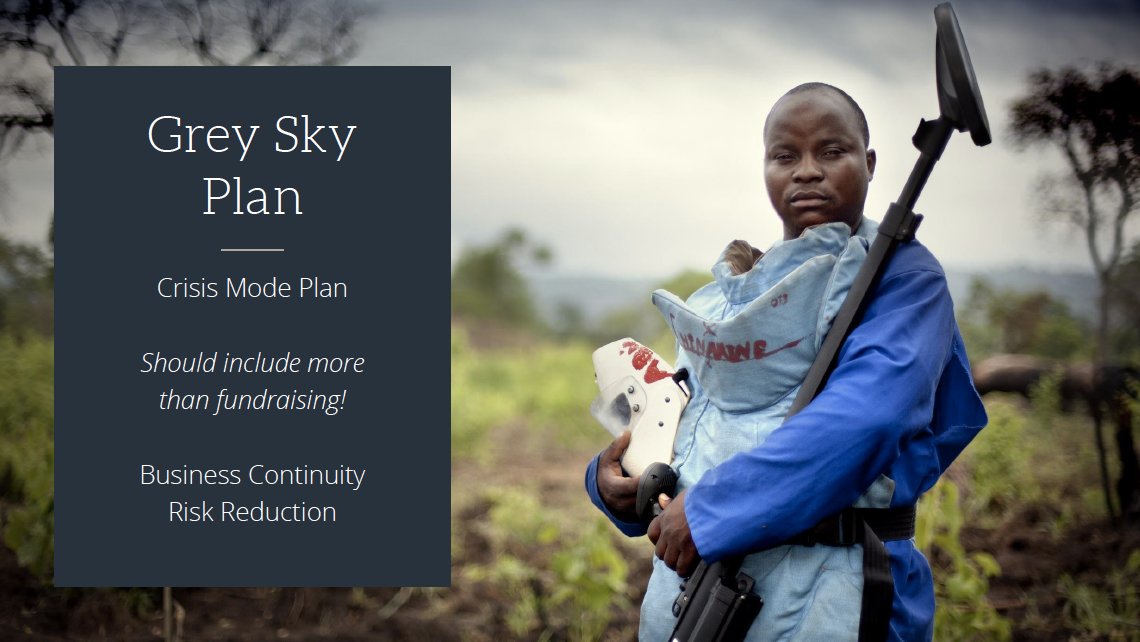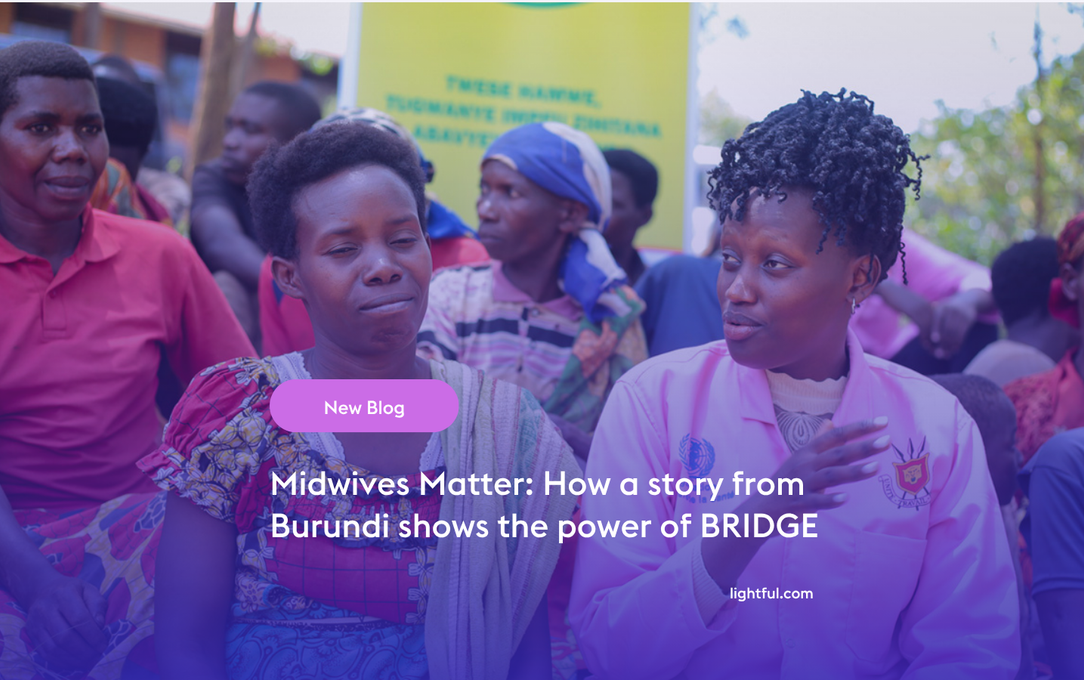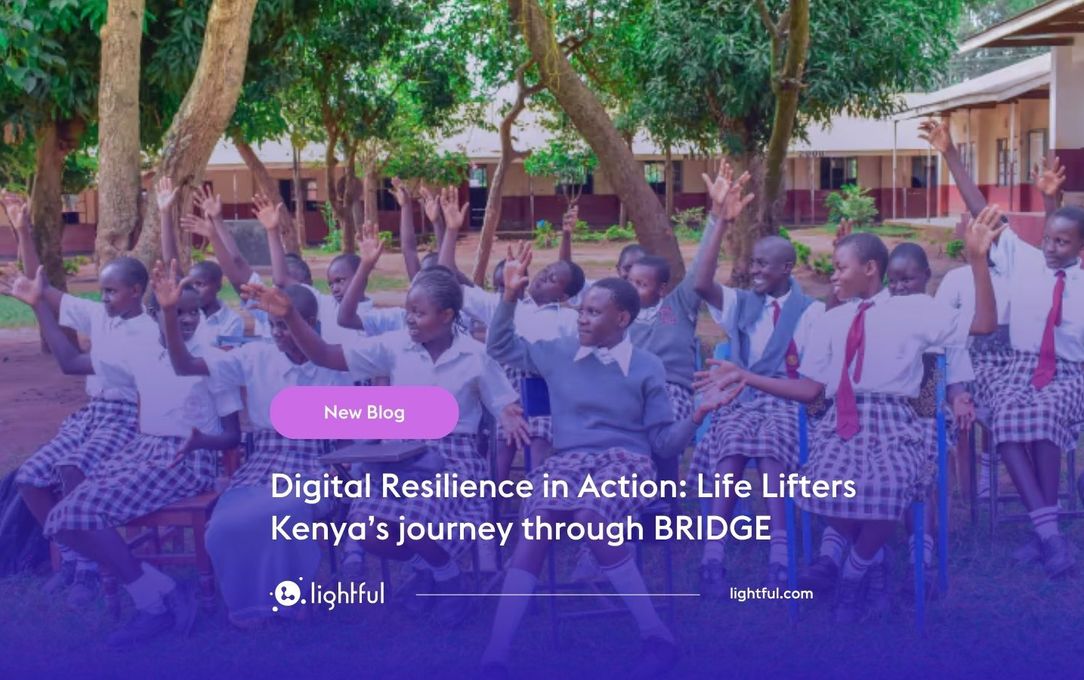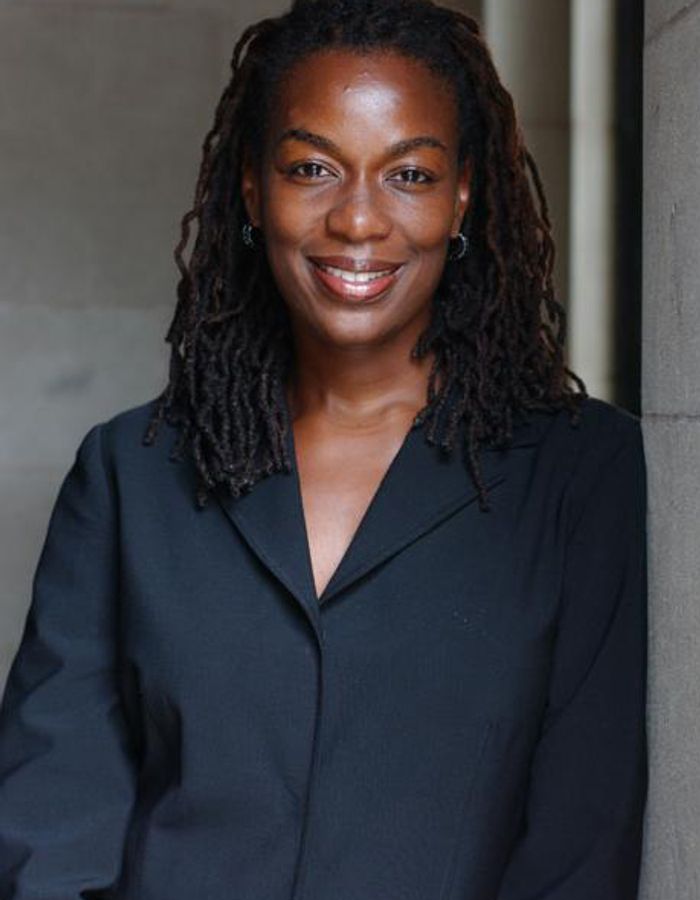BRIDGE takeaways – Fundraising During a Crisis

Earlier this month we’ve hosted the first masterclass for our new BRIDGE cohort. Participating charities all over the world joined us to talk about digital fundraising in crisis and how to launch a successful campaign during COVID-19.
We’ve invited Kevin Conroy, Chief Product Officer at GlobalGiving, to join our session and share his expertise with our cohort on crisis fundraising.
Here are a few of the takeaways from Kevin’s session to help you improve your fundraising campaigns.
Context matters in crisis fundraising
It’s important to set out the context when planning your emergency fundraising campaign. Why are you fundraising?
Crisis fundraising can vary:
- Large natural disaster (hurricane, earthquake)
- Localised disaster (fire, flood)
- Pandemic
- Civil or political unrest
- Economic depression
Every situation requires a different approach so you need to be able to work on the context and the framing from the very beginning.
Moving from standard operations to crisis mode
You don’t need to wait for a crisis to occur to set up your emergency plan. It’s useful to have guidelines in place in your organisation on how to deal with a potential crisis.
For example, the Red Cross have two modes in terms of planning for a crisis.
- Blue Sky plan
- Grey Sky plan
The Blue Sky plan refers to the normal times when standard operations take place. This is when you tend to focus on regular metrics that help you define your idea of success. It’s when you are working towards annual plans and objectives splitting them into quarters to work both on short and long term goals.
On the contrary, the Grey Sky plan refers to the crisis mode that you may need to enter at some point. It’s the time that you are focusing more on fundraising through emergency appeals, you are trying to minimise the risk while aiming for business continuity.

You don’t need to wait for a crisis though to work for an emergency plan. In fact, you need to set up your crisis plan during your “Blue Sky” period.
The so-called “Break Glass plan” is set up in the “Blue Sky” period but it’s ready to be iterated during a crisis.
For example, nobody could predict the impact of coronavirus. However, having a “Grey Sky” plan in place helps you start your crisis planning with existing guidelines that can be adjusted based on the situation. It helps you save time and work in a more organised way even in the most stressful period.
Planning your crisis fundraising
Kevin presented a 5-step plan for building a successful crisis fundraising strategy.
“What is appropriate for the first days is not appropriate afterwards”
Here’s a summary of the actions to follow:
- Assess the level of the crisis – think of the context and how to adjust your crisis plan for the specific case
- Build your campaign – start building your campaign by looking at your message, your visuals, your donation options
- Communicate your message – work on the comms plan and how it comes across your website, your social channels and your email lists
- Start with the outreach – reach local and national news, find reporters who want to cover your organisation’s story
- Iterate your messaging – be ready to develop additional content and tweak your messaging based on the initial results
Answering your questions
Our BRIDGE participants had lots of questions based on the challenges that they are facing with their own emergency appeals. Here are some of the questions.
Is there such a thing as disaster fatigue for donors?

One of the participating charities is based in Puerto Rico and their problem is that they are in a constant relief mode since 2018. Since then, there have been many relief funds created for their country. Is there a ‘disaster fatigue’ for donors after all?
Kevin reminded them that the definition of ‘donor fatigue’ and how it can happen when your campaign is losing its urgency. Despite the challenges of being in a continuous ‘crisis mode’, you can still be successful by changing the framing.
Aim for an emotional connection and a messaging that highlights the urgency of support. Create your messaging based on the question “why should my supporters donate now?”
How can you ask for money during a crisis when everyone is affected?
Another great question was about making the ask. How do you ask for money in a global crisis?
Kevin acknowledged that it’s a difficult situation but it’s also a good time to go back to the fundamental principles that make your organisation stand out. Remember how your essential work can provide crucial services or impact underprivileged communities. The answer to the question “Why should my supporters care” should help you frame your messaging in your appeal.
How can you reach the right network and expand your donor base?
It’s always hard finding a broader network to tap into. A good way to expand your reach and potentially your donor base is to share the right news to the right audience. Use all your contacts but in a way that they receive what’s relevant for them.
Make it known that your organisation is helping during challenging times and serve as a news resource for media and local journalists. Twitter can help you discover journalists that you can contact and find an angle for a news story that relates to your organisation.
The complete session and the notes can be accessed by our participants in our Lightful Learning platform as part of the BRIDGE programme.
Latest articles

Over the past year, Lightful and the International Confederation of Midwives (ICM) have supported Midwives Associations across Africa, South Asia and the Eastern Mediterranean to build their digital confidence through our BRIDGE programme. These organisations were starting from very different places, but all shared the same goal: to use digital tools to strengthen their voice, raise their visibility and advocate for better outcomes for women and babies.
Related posts

Over the past year, Lightful and the International Confederation of Midwives (ICM) have supported Midwives Associations across Africa, South Asia and the Eastern Mediterranean to build their digital confidence through our BRIDGE programme. These organisations were starting from very different places, but all shared the same goal: to use digital tools to strengthen their voice, raise their visibility and advocate for better outcomes for women and babies.

In today’s rapidly evolving digital landscape, the ability to engage online is a necessity. For nonprofits, especially those working in underserved regions or tackling complex social issues, digital tools can be the bridge between intention and impact. Whether it’s reaching new donors, advocating for policy change, or delivering services, digital capacity enables organisations to scale their mission and deepen their impact. Yet many grassroots organisations remain digitally under-resourced. That’s why Lightful created the BRIDGE programme - Building Resilience in Digital Growth and Engagement - to empower nonprofits with the skills, confidence, and strategies to thrive in the digital age and build lasting change.
See who we help
Contact us
Want to learn more?
Email Jonathan and start a conversation






